Venice has many prerogatives, for example it is also the seat of the oldest existing Priory of the Knights of Malta.
If you think of the Middle Ages, you imagine dashing soldiers, heroic knights, shining armours and you do not think necessarily of Venice. But Venice was located in a very favourable position to the reach the Eastern and Southern Mediterranean and many vessels departed from here to the Holy Land, so that it was a perfect location also for all knights.
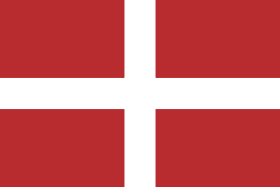
Flag of the Sovereign Military Order of Malta
The history of the Knights of St. John in Venice begins when the history of the Knights Templar finishes. The wealthy and powerful Knights Templar were given in 1187 a swampy, marshy area in Venice between the Bragora and San Franceso della Vigna in the Castello district areas.
125 years later the order was suppressed after a dramatic trial, Pope Clement V disbanded the order with the Bull Vox in Excelso so that the order was dissolved in 1312 and with the Bull Ad Providam several goods and riches were passed over to the Order of the Knights of St. John.
So in the year 1313 the presence of the Order of St. John started in Venice.
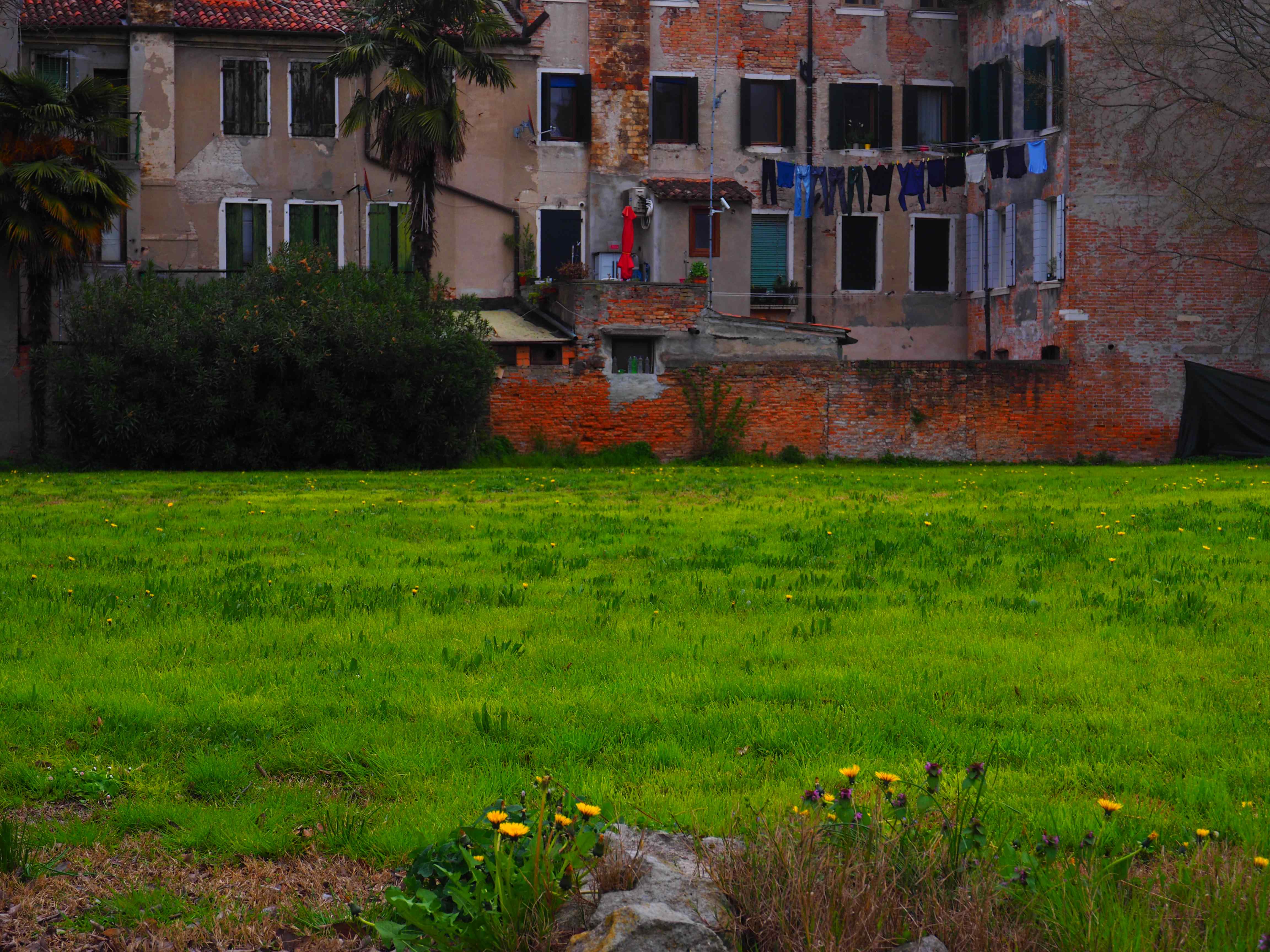
view from the complex into the garden
The origin of the order goes back to 1048 when a hospital was started in Jerusalem by a certain Gerard Sasso to look after pilgrims of all nations and faith; the hospital was connected to a monastery dedicated to John the Baptist, hence the future name Hospitallers and Knights of St. John. Soon besides curing the sick and the wounded the monks started providing armed escort to the pilgrims through the Holy Land. Many wealthy Knights joined the order.
The order left Jerusalem, moved over to Cyprus, then to Rhodes (where it became also a naval power) and finally to Malta, where it guarded the central Mediterranean from the attacks of the Turks.
Last December I travelled to Malta in the footsteps of the Order.
The first stop was in La Valletta in the National Library of Malta where the Bull Pio Postulatio Volontatis issued by Pope Paschal II is kept, in which the Pope recognized the Knights, their independence and sovereignity. I was given a booklet with a picture of it and with a copy of the deed of donation by the Emperor Charles V 1530 to the Knights of the islands of Malta, Gozo and Comino in exchange symbolically for a falcon.
From their new seat the knights received the name of Knights of Malta.
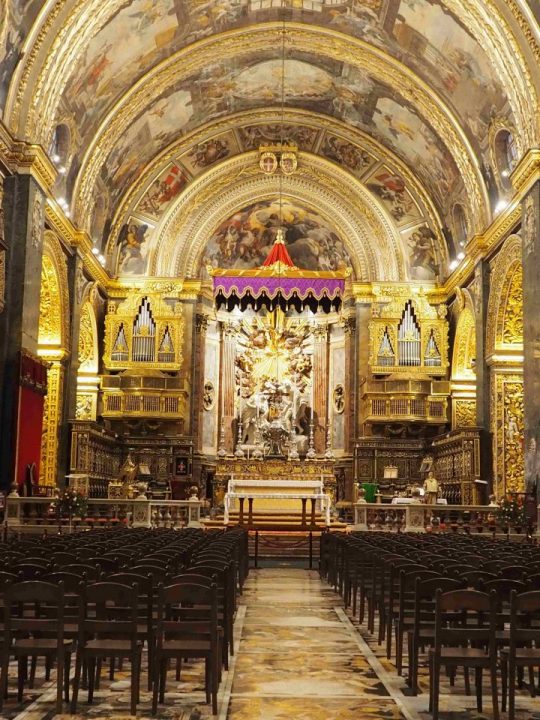
the main nave of the magnificent St. John’s Co Cathedral in La Valletta
The next stop was St. John’s Co Cathedral with its 8 chapels dedicated to the 8 langues of the Order and the great paintings on the ceiling by Matteo Preti and Caravaggio’s Beheading of St. John.
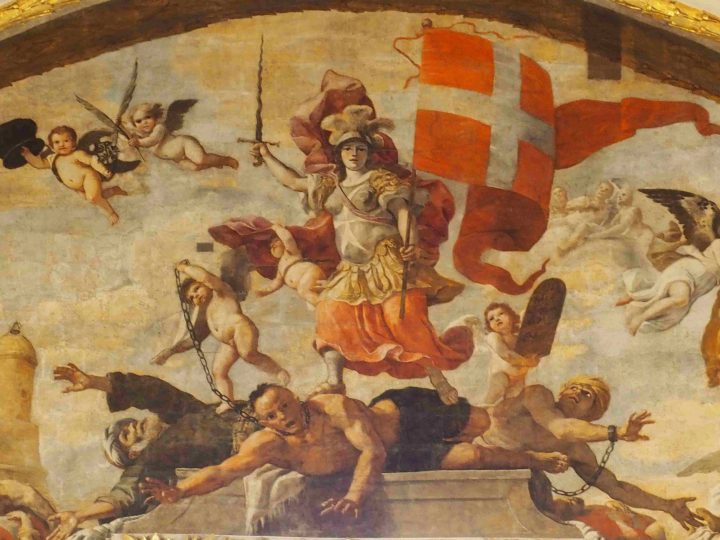
detail of St. John’s Co Cathedral in La Valletta
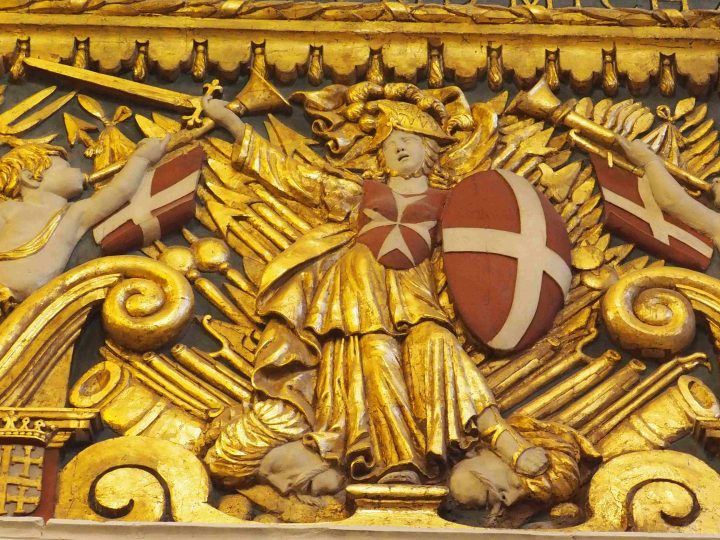
another detail of St. John’s Co Cathedral in La Valletta
What an incredible and breath-taking display of wealth and power !
Then over to the Grand Master’s Palace with the State Apartments and the Palace Armoury and the two striking halls in the Sacra Infermeria, the Holy Infirmary, where the Knights tended the sick in big wards and beds with silver plates easy to clean and surgical and medical qualified staff, like in a modern hospital.
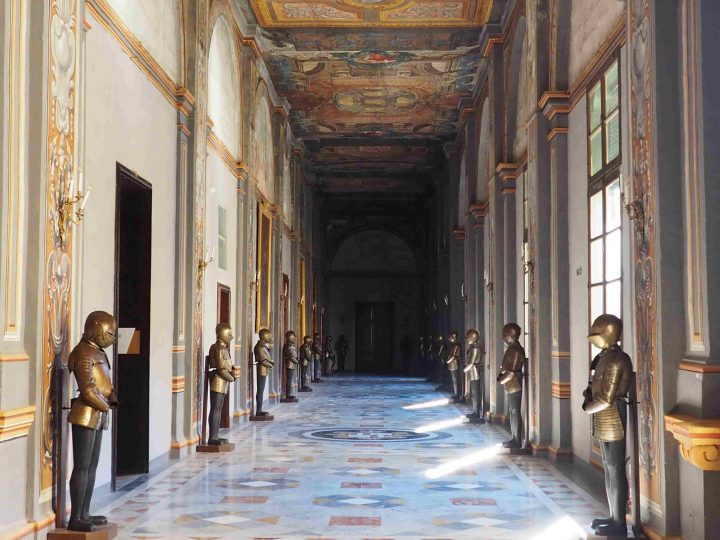
the impressive Grand Master’s Palace in La Valletta
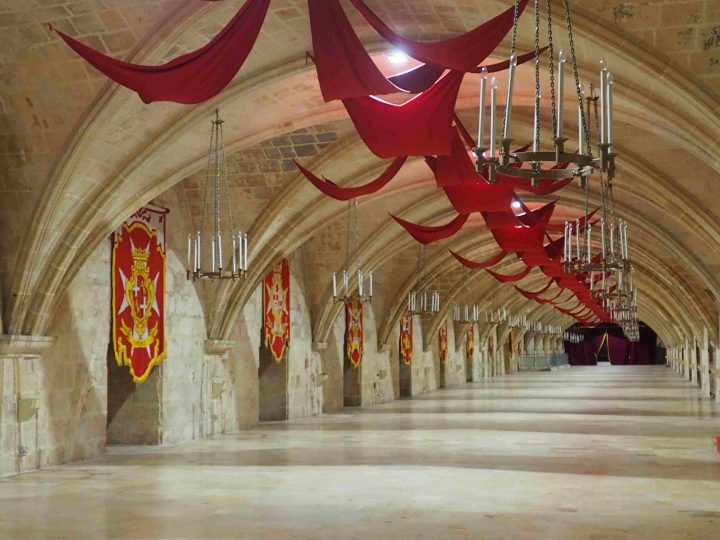
La Sacra Infermeria, the Lower Ward
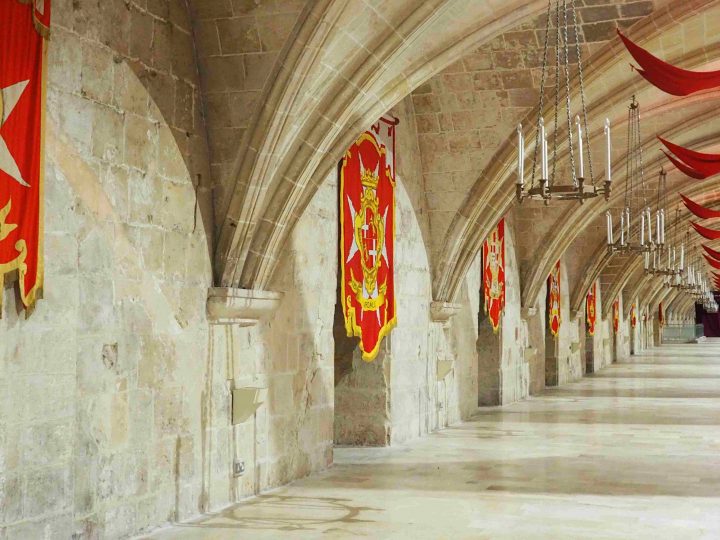
detail of La Sacra Infermeria, the Lower Ward
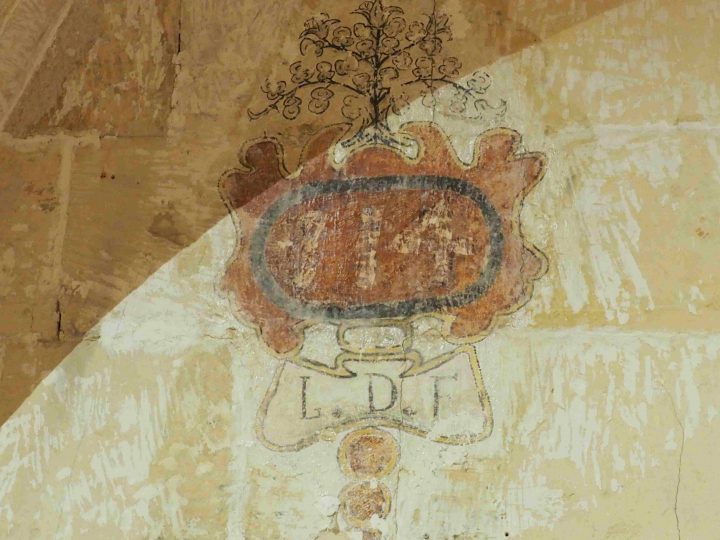
bed number surviving in one ward of the La Sacra Infermeria, the Lower Ward
When I returned back to Venice I reconsidered the history of the Venetian complex that extends over 7000 m2, well hidden behind walls and several buildings in the district of Castello.
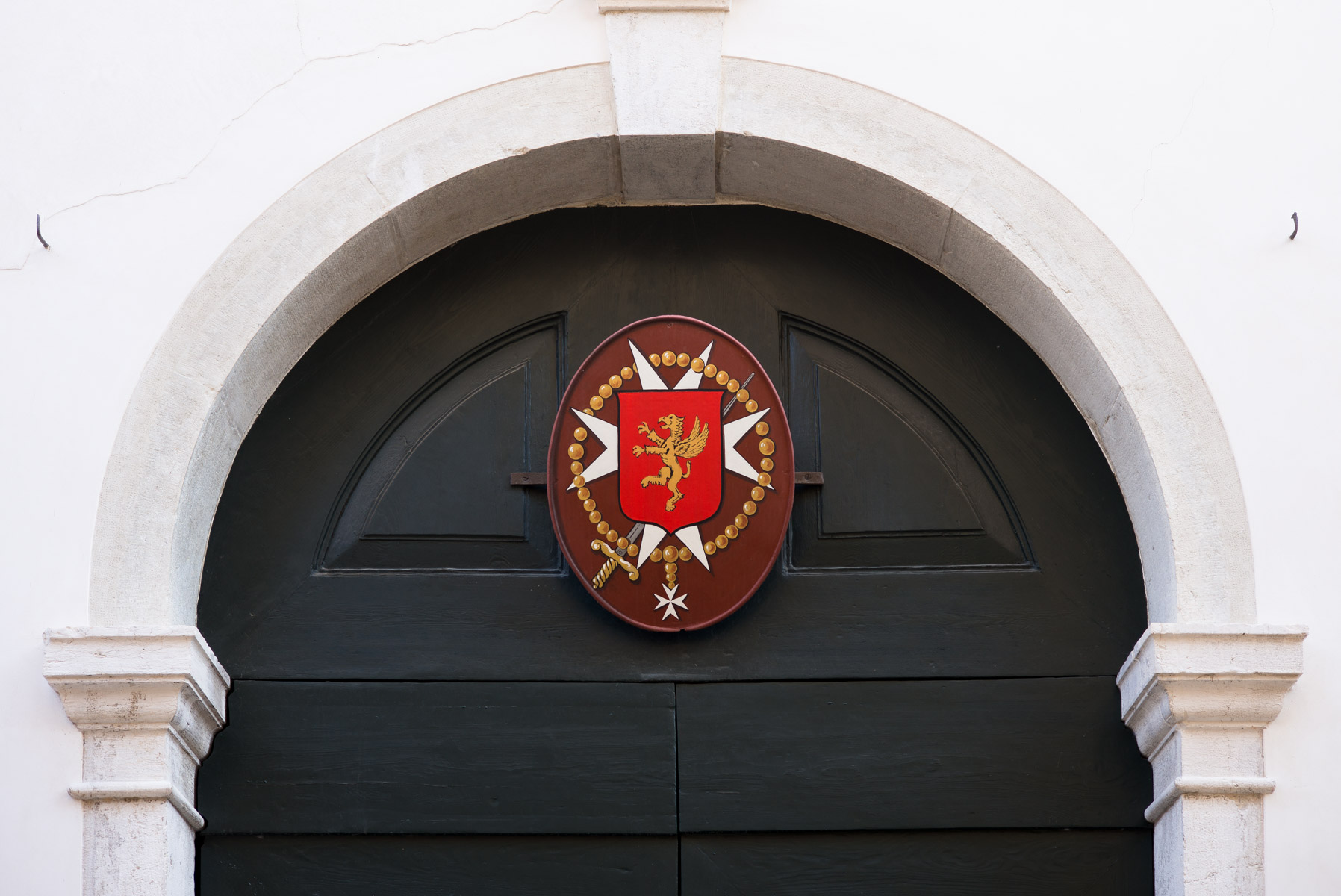
Entrance door to the Church of St. John in Venice
The present complex dates back to the 15th Century when the Venetian Prior Sebastiano Michiel restored the place.
The cloister awaits us nowadays enveloped in its silence, in the middle a typical Venetian well with the coat of arms of the family Arimondo from Treviso and a modern sun dial.
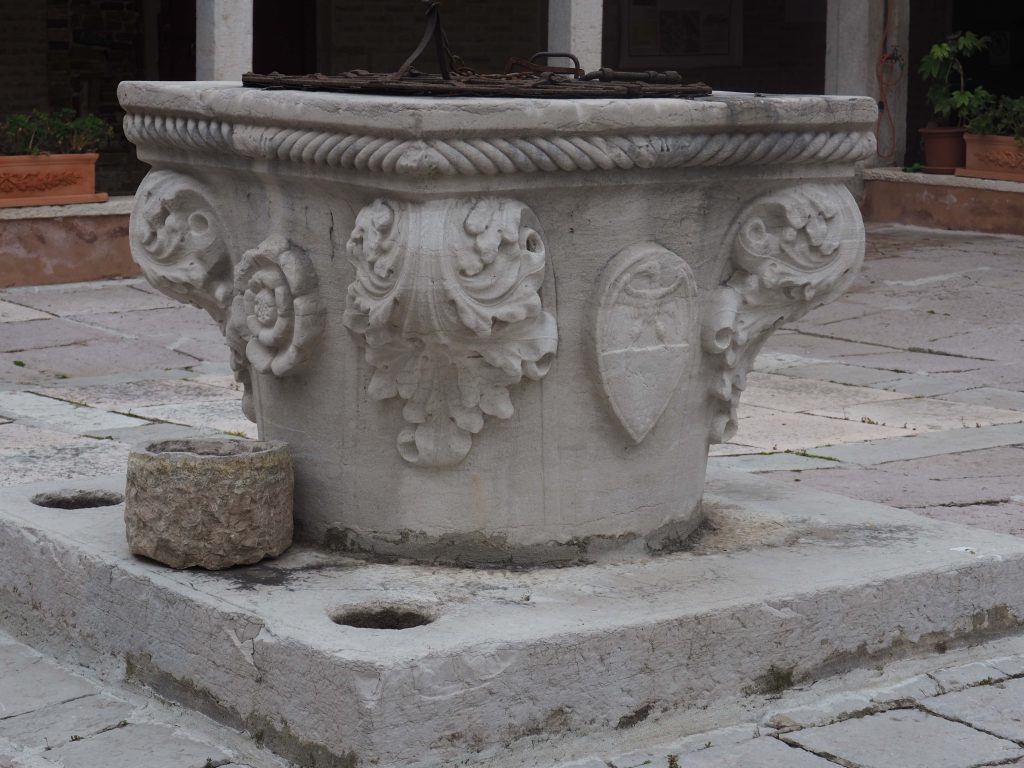
well in the cloister
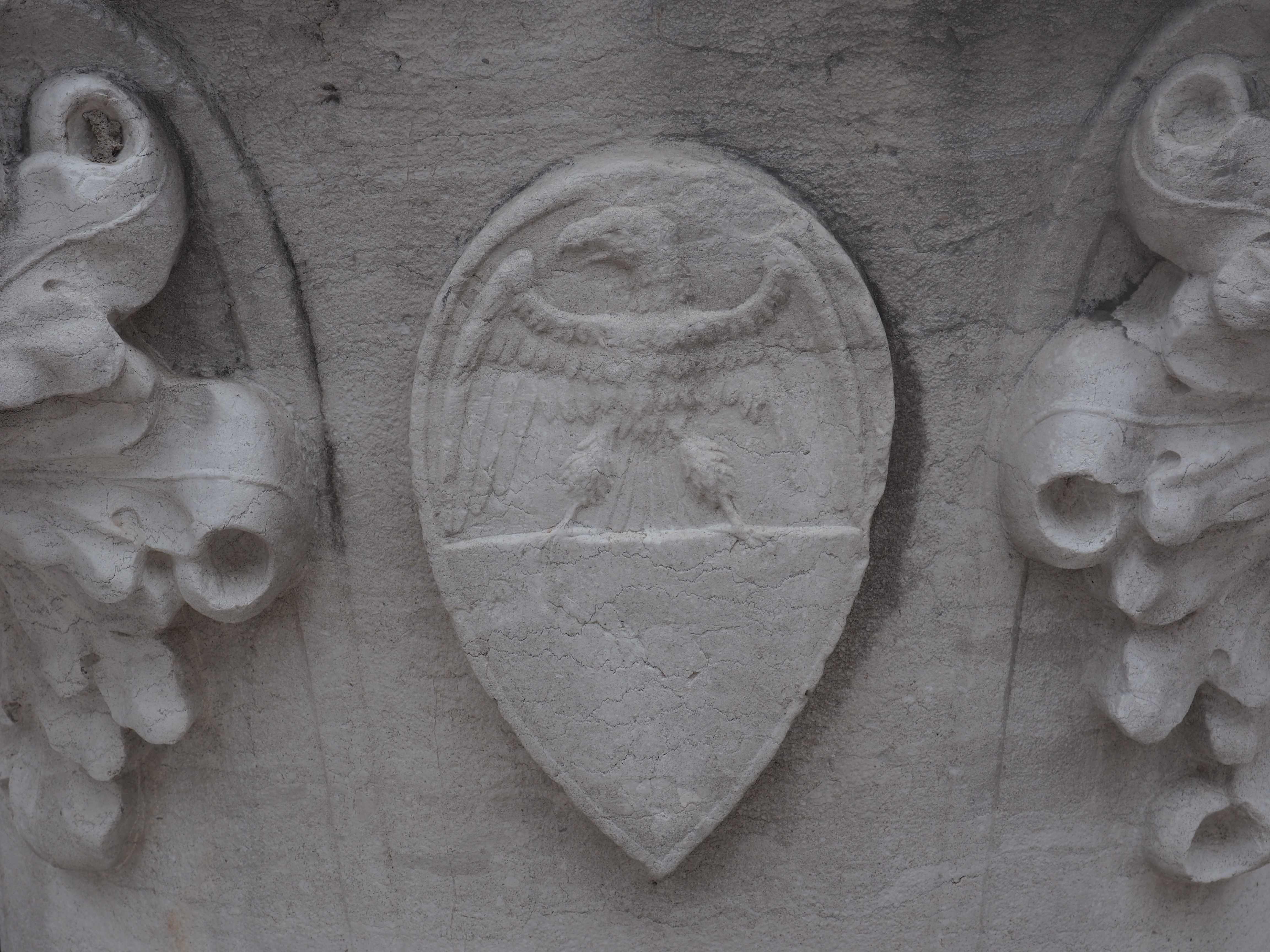
coat of arms on the well
The garden is enormous, but at the moment rather bare; it should be reorganized soon as a symbolic garden. The project of an architect and member of the order has already been approved.
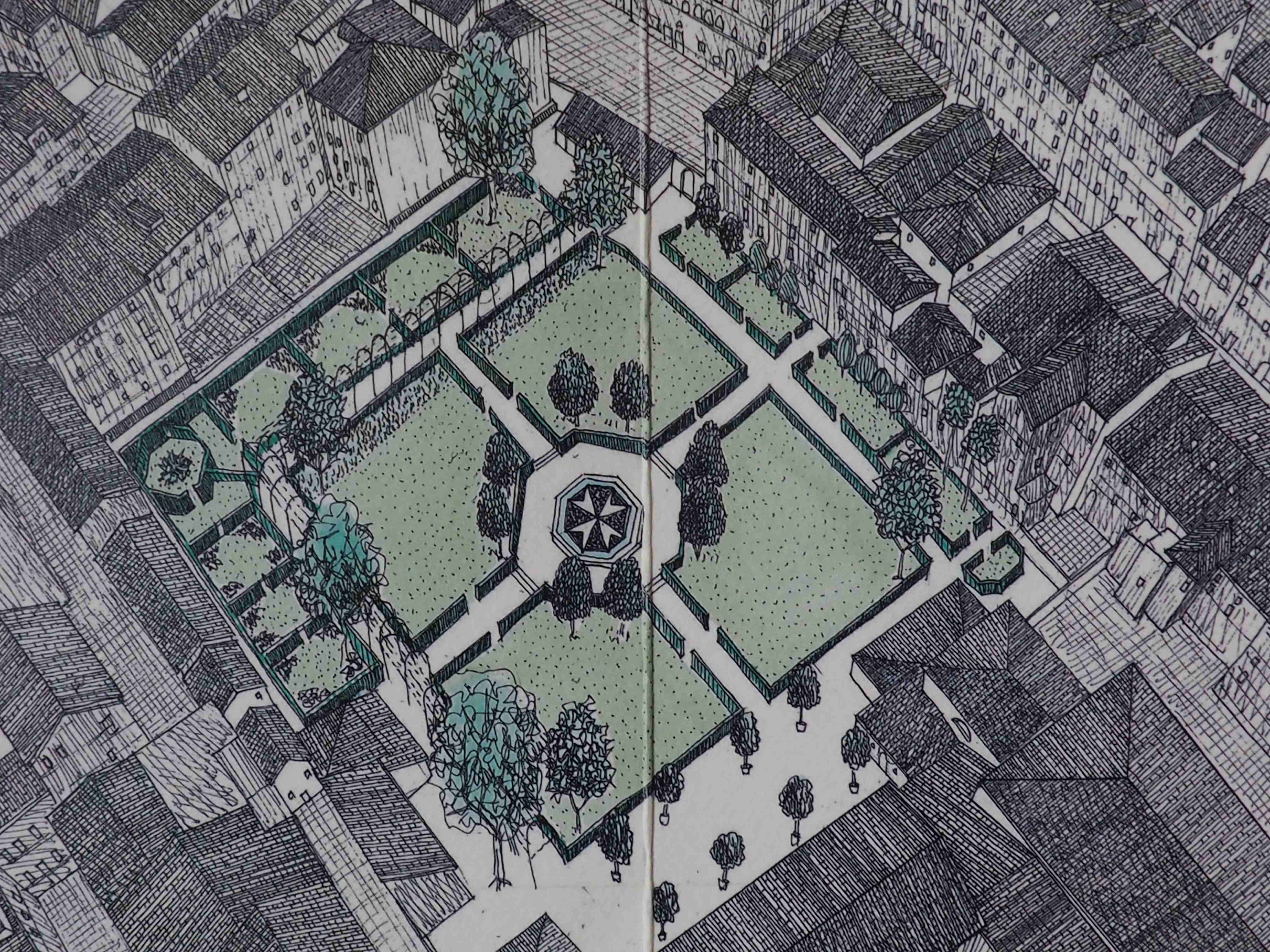
project for the future symbolic garden
It should be divided into 4 lanes representing the 4 holy rivers, leading to an eight pointed fountain (the 8 pointed cross is the symbol of the Knights referring to the 8 beatitudes), symbol of resurrection, with red and white roses; box hedges should surround 8 olive and 4 cypress trees, around the garden a wine climbing a pergola as a symbol of Christ, medicinal plants and North East 8 areas with trees recalling the history of the order in Jerusalem (palms), Rhodes (roses), Malta (olive trees) and Rome (pine).
Through the Lapidarium we reach the church dedicated to John the Baptist, also rebuilt in the present form by Prior Michiel, very plain compared to the Co Cathedral and its marble tombstones of the Grand Masters. The most famous tomb here is of Archduke Friedrich Ferdinand Leopold of Austria who was a member of the House of Habsburg and Commander of the Austrian Navy.
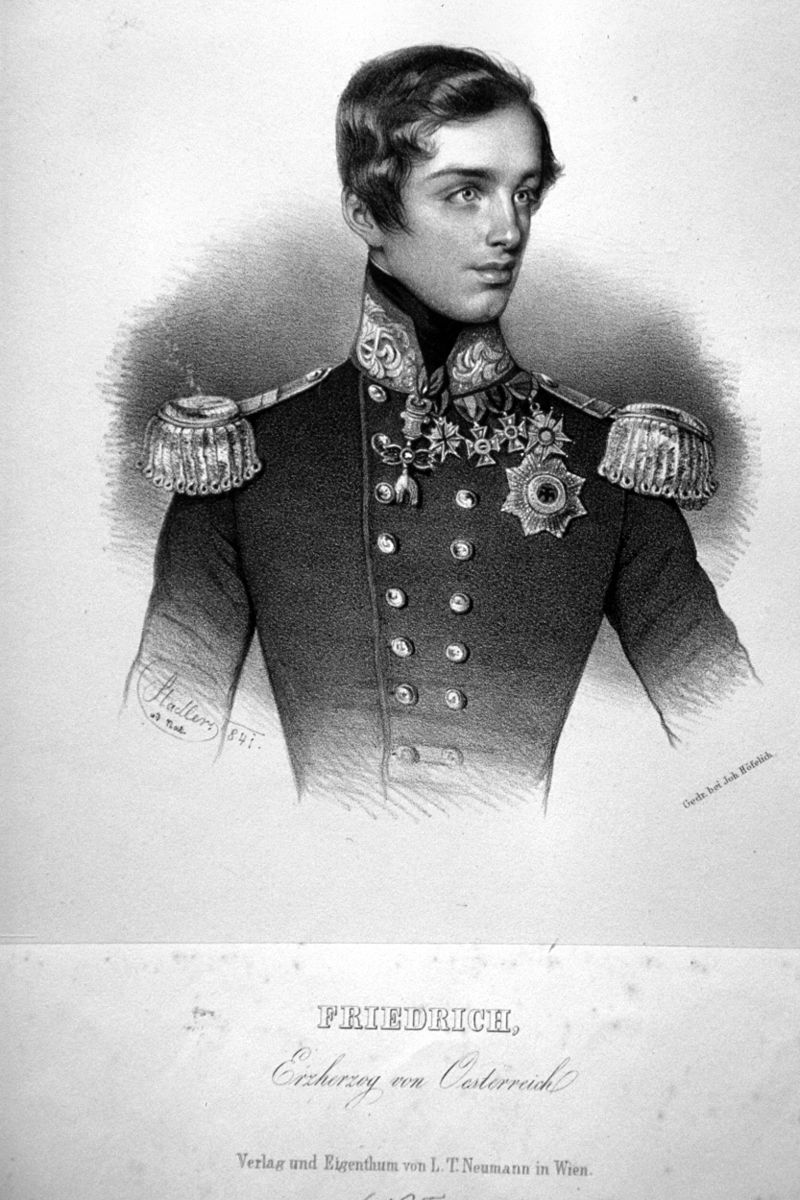
Archduke Friedrich Ferdinand Leopold of Austria
The masterpiece is without doubt a painting by Giovanni Bellini, the Baptism of St. John. Discover more on a tour and how the Knights’ motto “Defence of the faith and assistance to the poor” continues nowadays.
Fiona Giusto




